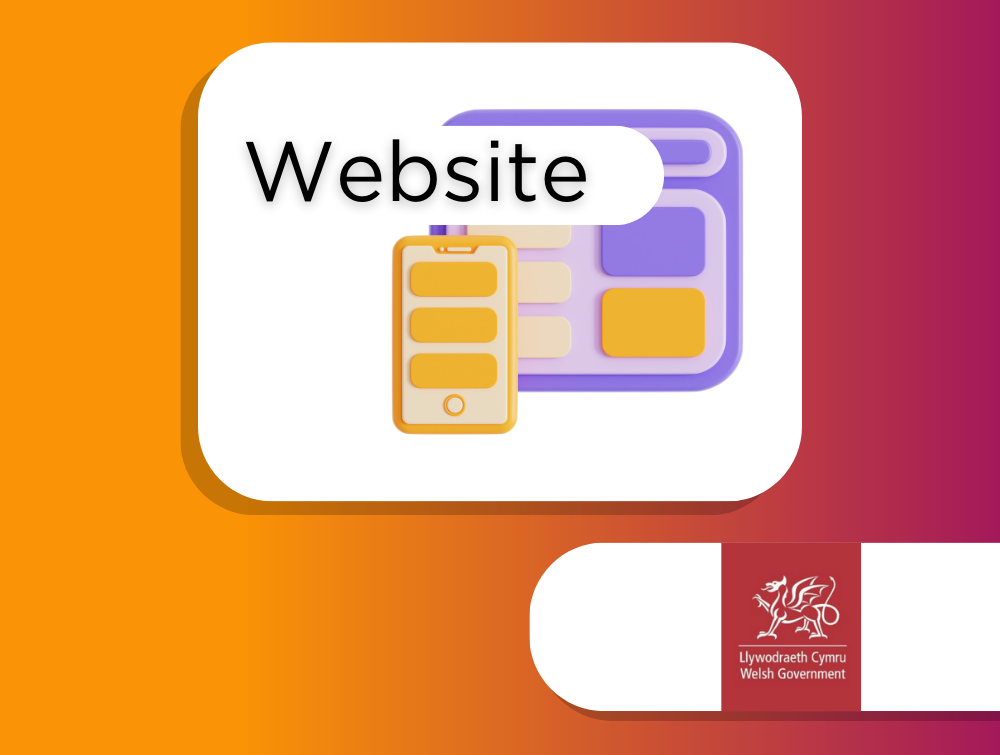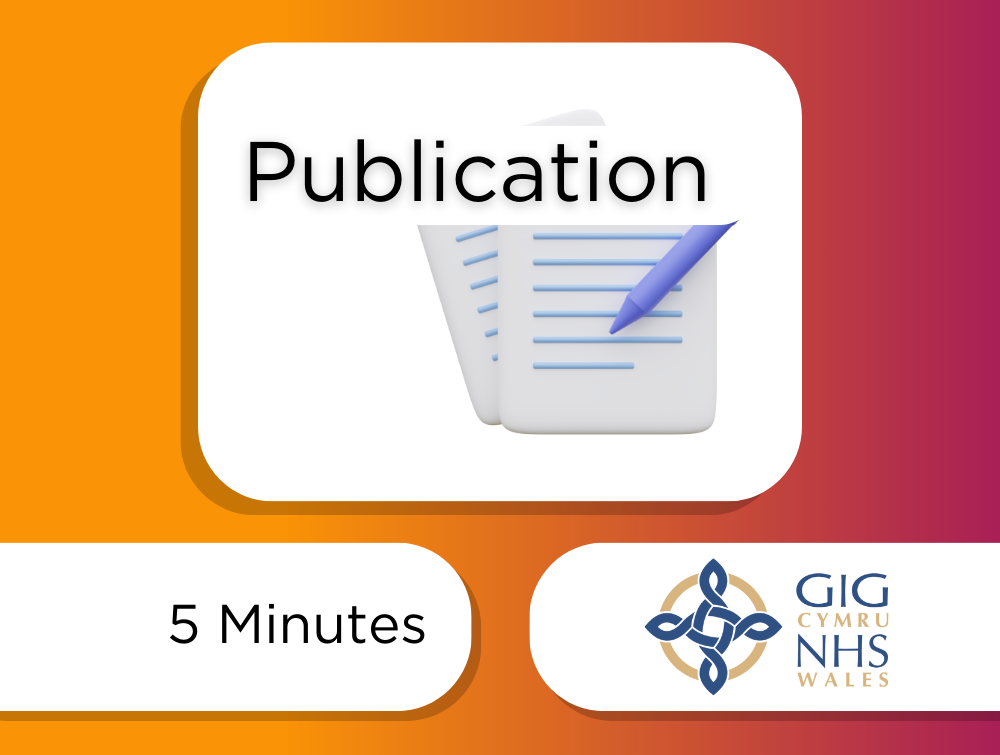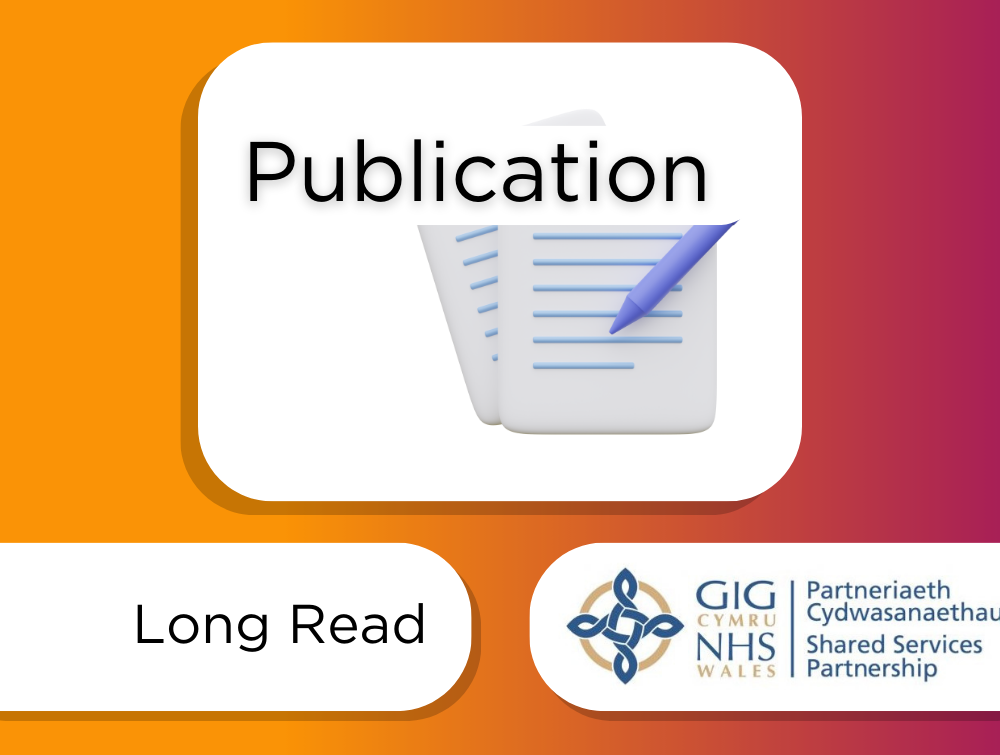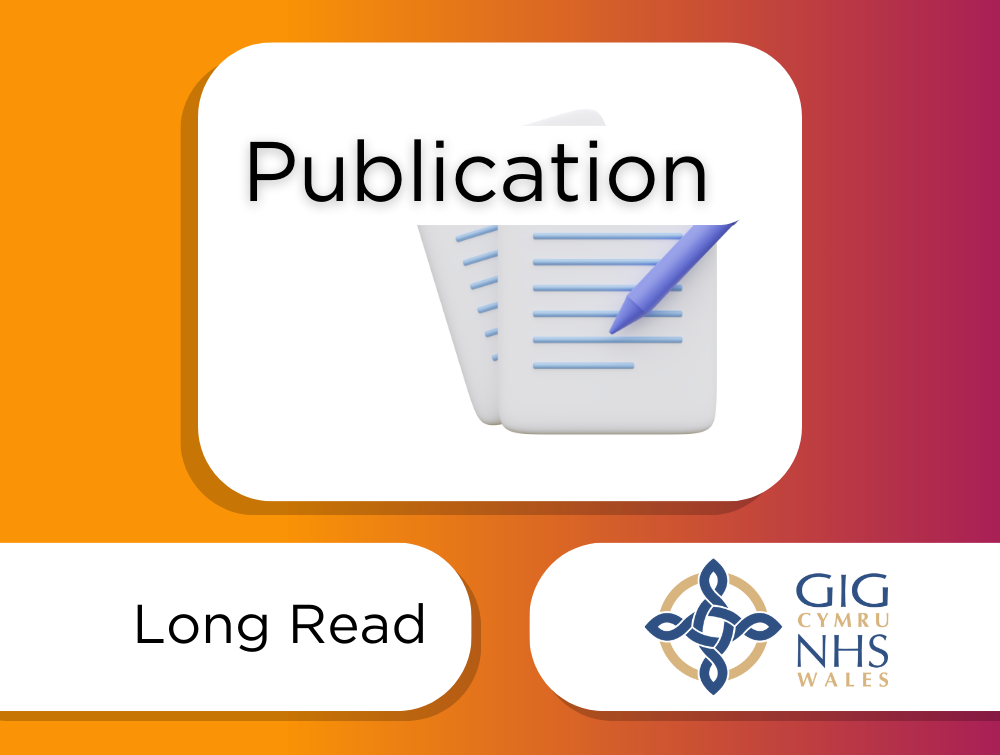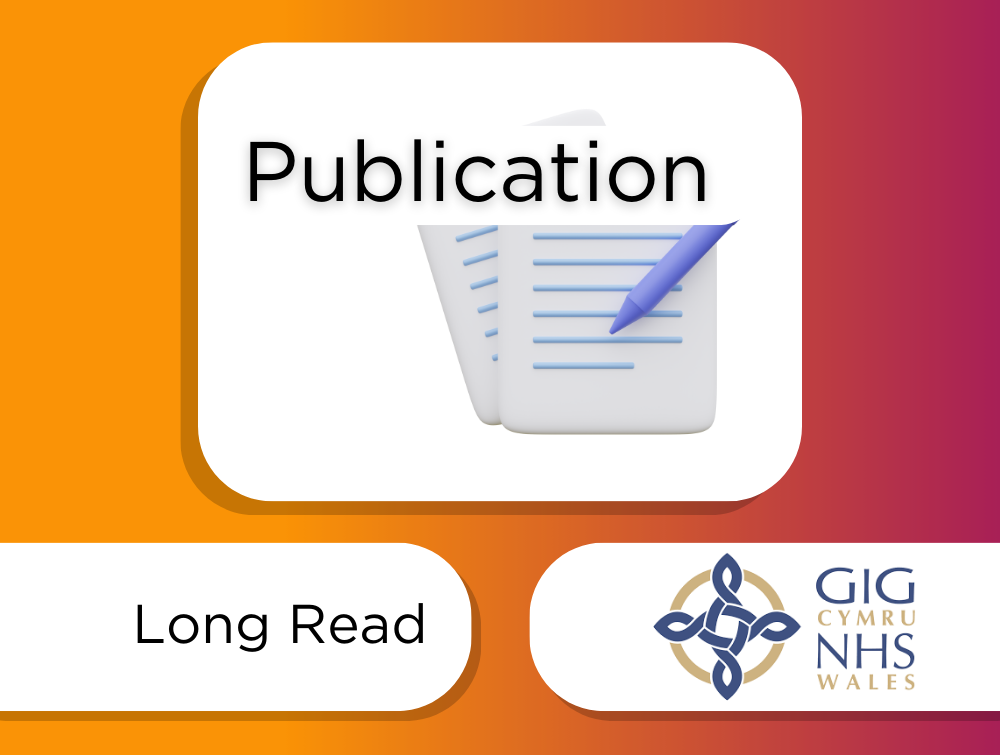Policies and Procedures
It’s essential to have policies and procedures which adequately support staff and are based on good quality, timely research, evidenced best practice and are centred on prevention.
Wellbeing Resources
These resources need to provide support for mental, physical, emotional, and financial wellbeing.
These policies have all been developed by the NHS Wales Staff Health and Wellbeing Network and provide evidence-based signposting and support.
Employment Policies
Wellbeing Policies
Organisational Policies
Staff Management Policies
Staff Health and Wellbeing Support
- Prioritise the Occupational Health and Employee Wellbeing Services as these professionals are an important source of expert support, advice, and insights to inform the approach to staff health and wellbeing.
- Work with Occupational Health and Employee Wellbeing Services and leads to create organisationally led and preventive approaches.
- Develop a partnership that helps create a sustainable health and wellbeing culture. Ensure that they have the support, resources, and funding they need.
- The anti-racism audit of workforce policies mentions the need for wellbeing interventions/support to be intersectional and culturally sensitive.
- Promote the staff health and wellbeing local support
 that's available, and make sure to use informal communication channels like Wellbeing Champions and other Networks to spread the word!
that's available, and make sure to use informal communication channels like Wellbeing Champions and other Networks to spread the word! - Staff health and wellbeing activities need to support the individual, team, leaders, managers, and the organisation.
- Tailor the support to the local environment, involve the staff in the process.
- Ensure that certain groups are provided with support specific for their needs to remove barriers and equity of access to support is guaranteed. Consider the following groups: students, newly recruited staff, international students and staff, volunteers, those from protected characteristics and those with accessibility needs.
- Employers have a legal duty to protect workers from stress at work by doing a risk assessment and acting on it. Risk Assessments should be used in the same way as other work-related health and safety risks. The risk assessment will identify the risk of stress, and its impact on mental and physical ill-health, in the same way as you assess other work-related health and safety risks (HSE).
- Consider burnout as an important risk factor and integrate solutions
 when necessary.
when necessary. - The five factors
 contained in this report can support partnership working. Work in partnership with regulatory bodies, unions and professional organisations
contained in this report can support partnership working. Work in partnership with regulatory bodies, unions and professional organisations  to share and promote resources.
to share and promote resources.
Evidence Sources
The Best Practice Guide for Organisations has been developed from the following evidence sources:
- Caring for Doctors, Caring for Patients

- Thriving at Work

- NHS Staff and Learners’ Mental Health Wellbeing Commission

- The Courage of Compassion

- Taking Care of the Carers: How NHS bodies supported staff wellbeing during the COVID-19 pandemic

- Tired of Being Exhausted: Seven Key Actions for Leaders in the NHS Workforce Crisis

- The Government Response to the Health and Social Care Committee Report on Workforce Burnout and Resilience in the NHS and Social Care



